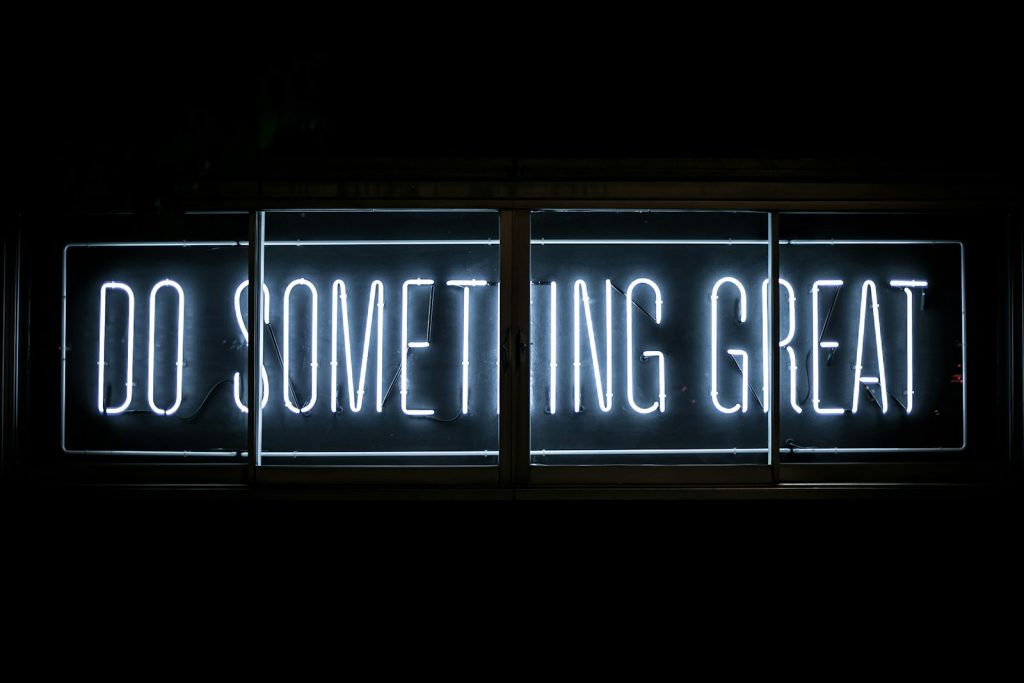The business world is in constant flux. Technology changes on a dime. And for over 5,000 years, money, our symbolic representation of value, has evolved, mutated, and imploded countless times.
Most people take paying their bills online for granted these days, but it would have seemed crazy to many people before 1972, when the Federal Reserve Bank in San Francisco began operating the first automated clearing house (ACH). This allowed digital transactions to occur without the use of paper checks, a massive step towards the largely computerized money system we have now.
Nowadays, trillions of dollars, and other types of currency, are exchanged globally each day. They cross the earth as electronic impulses in one of the most abstract forms of money that human imagination has yet to devise for itself.

Way before computers rocked the intellectual landscape, paper money was an innovation that didn’t catch on immediately. Even gold and silver coins would have seemed largely alien to a culture based in bartering.
The point is, that we often imagine money to be a real and tangible thing that will enable us to be lastingly fulfilled, but it’s not.
It changes with the seasons.
Instead, as countless poets and sages have said throughout time, the most real thing we have, our deep connection to life and existence, is within us.
And we should be careful not to let anyone talk us out of it.
Frameworks Are Cheap (Know When to Let Them Go)
Humans have a bad habit of building abstractions and then worshipping them. We get caught up in the new thing or go the other way and embrace some old revered concept. We think, “Here’s something solid that I can hang all my hopes and dreams on. I finally have it all figured out.” Often, we fall into the trap of hanging on to something with such zeal, and for so long, that we become out of touch with what’s truly important in our lives.
The frameworks we build in our minds are constantly being modified as we ingest new information from the world. While they are helpful sometimes, they are like makeshift rafts we use to float down the river of our lives. We often get so used to relying on them that we fail to abandon them when they are sinking and too worn to repair.
“Any framework, method, or label you impose on yourself is just as likely to be a limitation as an opening.”
― Rick Rubin (The Creative Act)

Protect Your Headspace (In a Distracted World)
As an artistic person, I’ve struggled to understand why we–the human race–lose ourselves, in detrimental ways, to our creations.
To some degree I understand. I get lost in things all the time, especially when I’m writing, making a new video, or pursuing some other creative thing. And when I’m truly lost in the process, I feel that my best work is getting done. That’s the space where I seem to be pulling on the most unique and interesting ideas.
I have complete control over my creations. I don’t have control over the monetary system, technology, or the business world. And frankly, though I understand the basics and will occasionally read about what’s happening, I have very little interest in the latest trends. I usually find them tiring, distracting, and detrimental to my creative work.
If I think about those things too much I position myself to have an external locus of control. Not paying an inordinate amount of attention to what’s shifting in the world is not just a preference. It’s a strategic decision I’ve made for myself.
But, I’m not suggesting we ignore everything completely. I just don’t think it’s healthy to spend too much energy trying to speculate on the next big thing.
Especially in regards to those of us with artistic inclinations.
A Simple Business Model for Creatives
The way I see it, the value of a piece of work is directly correlated to the creator’s level of presence when they were creating it. Proper habits, like shutting the world out a little, lend themselves to the creator being more present more often. Even mundane tasks, that need to happen to allow that space, are sped up by the level of presence that a person has in their life.

The essence of life doesn’t change. And the more in tune we are with that essence, the more we see the supreme patterns of life. The things we already know intellectually can be re-molded and pieced together in new and interesting ways.
Our ability to focus and maintain our momentum towards a given end, coupled with our ability to tap into our intuition, is where the real value starts to become realized.
We don’t need to be working in a space thought to be traditionally artistic or creative either. Even repetitive jobs often have areas where a more creative headspace can nurture them to be less mundane and more efficient. I’ve seen this happen repeatedly in different jobs I’ve had, from working in bars in my early 20s to working as a computer programmer in my 30s.




